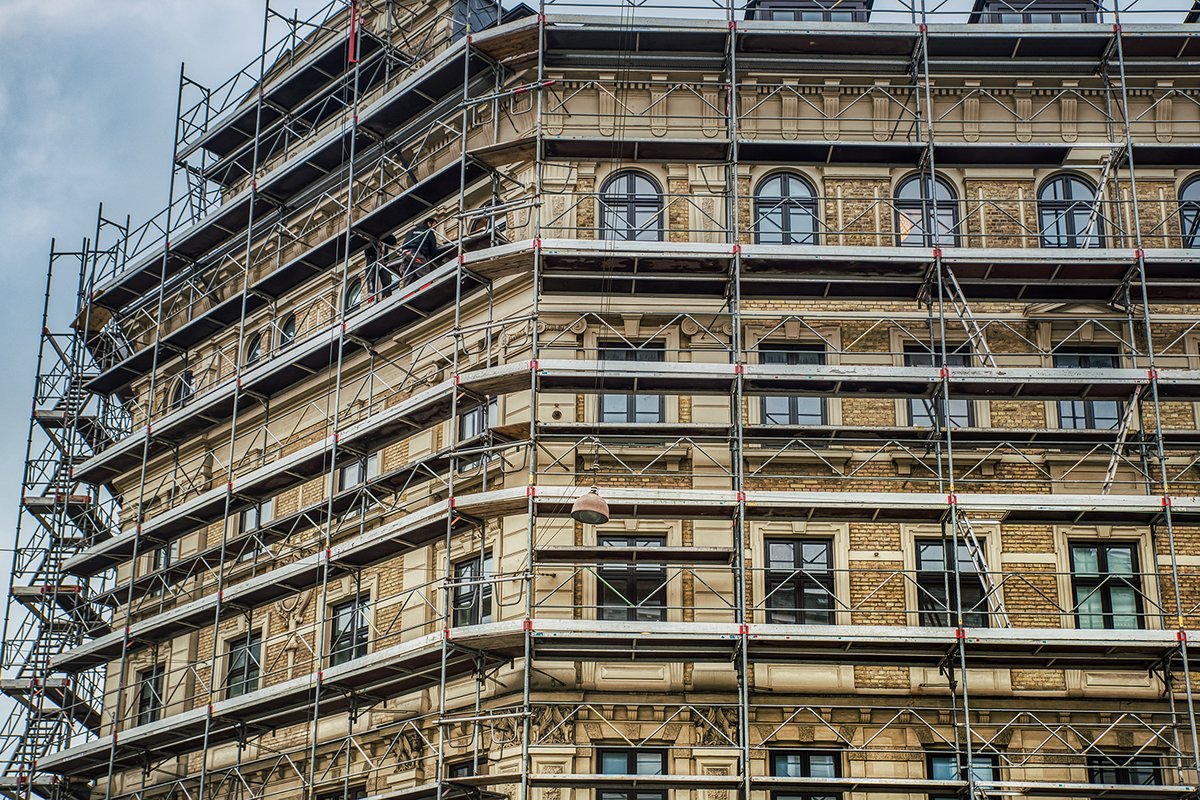
Buildings today are responsible for 40 per cent of total energy consumption in Europe. At the same time, up to 75 per cent of the building stock is energy-inefficient, and up to 85 per cent of it will still be in use in 2050.
This makes buildings one of the global community’s biggest energy consumers.
Politically, there is broad consensus that renovation of existing buildings has great potential for energy reductions. In fact, renovating existing buildings is crucial if Denmark is to meet its climate target of reducing carbon emissions by 70 per cent before 2030.
As Associate Professor Steffen Petersen from the Department of Civil and Architectural Engineering at Aarhus University says:
“Is renovating worthwhile, or do we have to demolish and build anew to reach our climate target? This is very case specific, but reducing the CO2 emission from existing buildings through energy renovation is absolutely vital to meet our climate targets. And when doing so, we must remember to think holistically to come up with integrated solutions that revitalise other aspects of the old buildings,” he says.
Research shows that the built environment can be an important element in promoting social relations, improving security, preventing crime, improving human health, and much more.
Moreover, many old and historic buildings are an important part of our self-perception and culture, and can also be an excellent demonstration that durability over time is also an important part of the overall climate balance.
In collaboration with Realdania, Aarhus School of Architecture, MOE A/S and others, in 2021 Aarhus University mapped existing knowledge about lifecycle assessments and conservation values relative to building culture and climate.
The study found that, on the basis of a lifecycle perspective, it is possible to reduce the climate impact of existing buildings to the same level as new buildings and at the same time maintain or strengthen the cultural and cultural-historical qualities of the buildings.
“That’s why I’m also looking forward to the experience we’ll obtain in the PROBONO project via Living Labs. The development of innovative digital solutions is an important element in achieving significant reductions in the carbon load from existing buildings. New buildings are certainly not the answer to everything, and we can come a long way with renovation,” says Steffen Petersen.